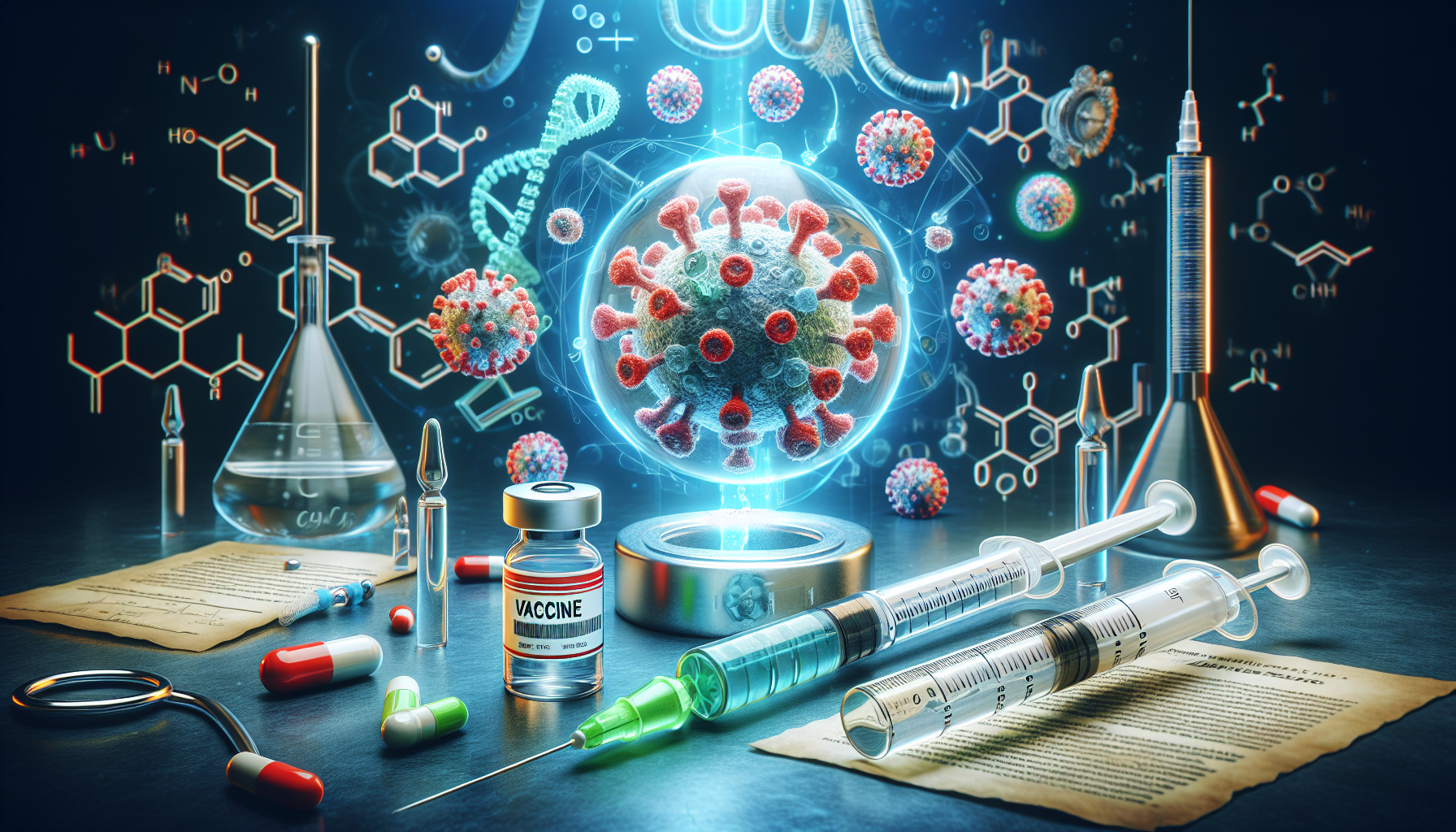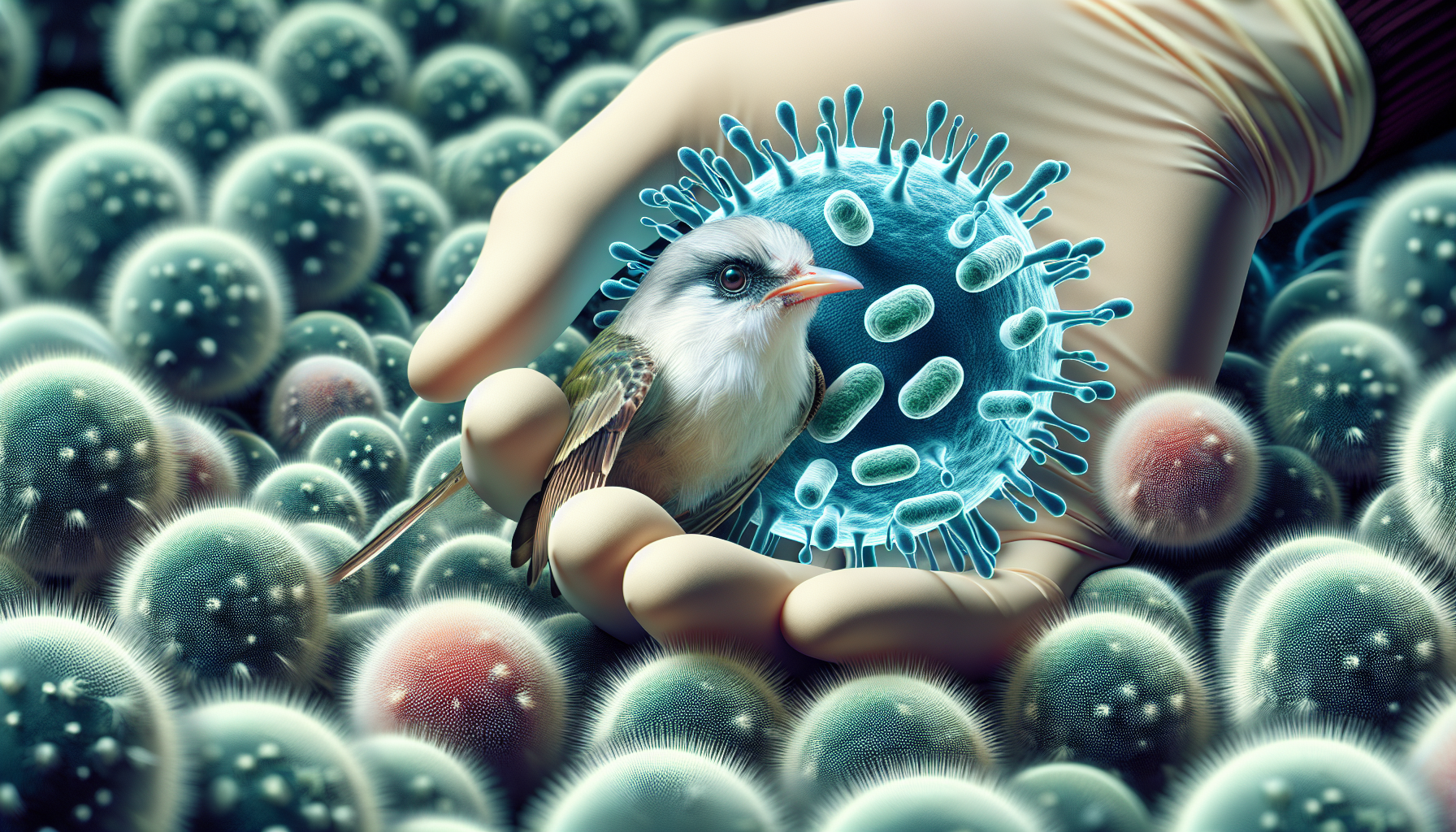Clarifying the Safety of Pasteurized Milk in the Wake of U.S. Bird Flu Reports
Key Takeaways
- Pasteurization remains effective in making milk safe for consumption by killing the H5N1 virus and other pathogens, leaving only non-infectious viral fragments.
- The appearance of the H5N1 virus in U.S. dairy cattle has increased surveillance and raised questions about milk safety, though pasteurized milk is confirmed safe.
- Despite the known risks, some consumers continue to opt for raw milk, highlighting the need for ongoing public education about the safety benefits of pasteurization.
Did You Know?
The Rise of Bird Flu in U.S. Dairy Cattle and Its Implications
The recent detection of the H5N1 virus in U.S. dairy cattle has led to heightened surveillance and research, particularly focusing on whether this avian influenza can affect the safety of milk products. While bird flu primarily affects birds, its appearance in dairy cows is peculiar and prompts a deeper investigation into food safety protocols, especially concerning milk.
Concerns escalated when an instance of a farm worker contracting the virus surfaced in Texas. However, this case appears isolated, with the worker displaying minor symptoms that resolved quickly without further transmission. This situation underscores the complexity of zoonotic viruses and their unpredictable behavior in new hosts.
Understanding Pasteurization and Its Effectiveness
Pasteurization, a process invented in the 1860s, has been a critical method in safeguarding public health by effectively neutralizing harmful pathogens in milk. This process involves heating milk to a temperature that kills viruses and bacteria, leaving only non-infectious remnants like fragments of inactivated viruses, which pose no threat to humans.
Recent findings from FDA studies that found traces of the H5N1 virus in pasteurized milk have confirmed that these fragments are not infectious. Extensive testing and quality controls during milk processing reaffirm that pasteurized milk remains safe for consumption, devoid of any live viral entities capable of causing disease.
Raw Milk: Debating Safety and Health Risks
The debate over raw milk consumption continues, fueled by its legal availability in certain U.S. states despite federal warnings against it. Raw milk bypasses pasteurization, thereby retaining natural enzymes and bacteria, which some advocates argue contribute to better health. However, this also means that it can harbor live pathogens, capable of causing severe illness.
Instances of disease outbreaks linked to raw milk consumption, involving pathogens like Campylobacter, highlight the inherent risks. Additionally, the potential for raw milk contaminated with the H5N1 virus to cause illness, as seen in the unfortunate incident involving barn cats, further complicates its safety profile.
The Regulatory and Consumer Perspective
Regulatory bodies such as the FDA continue to endorse pasteurization as the cornerstone of milk safety and actively discourage the consumption of raw milk. Surveillance and research by governmental and scientific communities aim to keep pace with emerging threats to ensure that public health safeguards, like pasteurization, evolve as necessary.
Consumer choice plays a significant role in this scenario, with some opting for raw milk despite the risks, driven by a belief in its health benefits. This choice underscores the need for continued education on safe food practices and the benefits of pasteurization. Public health experts consistently advise against raw milk, highlighting the risk of serious infections it carries.
Future Outlook and Scientific Inquiry
As the scientific community delves deeper into the impacts of viruses like H5N1 in dairy cattle, ongoing research and data gathering will be crucial in shaping future regulations and safety standards for milk production and consumption. Understanding the transmission dynamics of such zoonotic diseases in the context of modern agricultural practices will not only guide policy but also inform public health responses to similar future threats.





